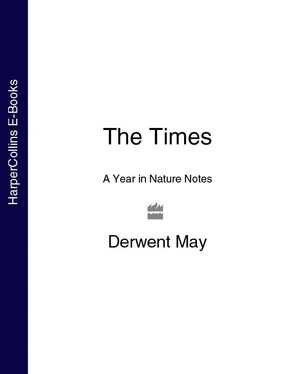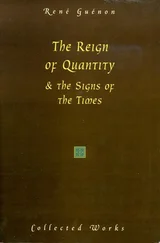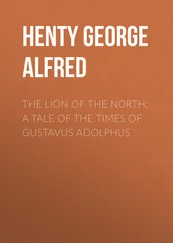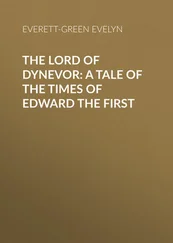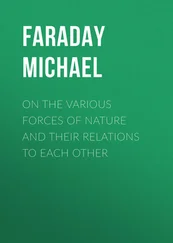On oak trees, the scaly brown buds are arranged in spirals along the twigs, with a cluster of buds at the tip. A butterfly that lays its eggs exclusively on oak twigs is the purple hairstreak, an almost-black butterfly with a purple sheen that flies in July. The eggs lie on the twigs, well glued to them, from August to April, when the caterpillars emerge and eat the young leaves.
4th February 
NOW THAT THE weather has turned milder, winter aconites are beginning to open. When the temperature is below 10°C, the flowers stay closed up in tight buds, but once the air around them reaches that level of warmth, they unfold. They have six bright yellow petals, and a little green ruff round the stalk beneath. The larger leaves will develop around them. They are found mainly in woods on damp hillsides, often with snowdrops.
There is also a sprinkling of soft, bluish-green leaves in the woods. These are the leaves of honeysuckle plants that have wound themselves round bushes and slender tree trunks. When the leaves first open they are in the form of a cross, with two larger and two smaller leaves facing each other, and also a short column of unfolded leaves in the middle. The sweet-smelling flowers will not appear until June. Honeysuckle is classified as a shrub, and may be found in tree guides as well as flower guides: it can clamber up to 15 feet above the ground.
ROOKS ARE BACK in their treetop rookeries, beginning to prod at their nests and rearrange the sticks still left from last year. But they will not start serious rebuilding for a while yet, and will lay their eggs in March. It was always said that rooks went around in flocks while crows were solitary birds, but since carrion crows have grown more common, flocks of young birds are often seen feeding together. Rooks are best distinguished by the bare, whitish skin at the base of their beaks, but crows’ beaks can also glint and look white when they are wet and the light catches them. Rooks in flight can sometimes be recognised by their deep, relaxed-looking wing strokes and the more ragged ‘fingers’ at their wing-tips, compared with the crow’s tidier wings and more plodding flight. They also have a yelping kind of caw that is not heard from crows.
In the branches of poplar and apple trees, as the white berries disappear from the mistletoe clumps, small greenish-yellow flowers take their place at the joins between the stalks.
 6th February
6th February
THE FIRST BLACKBIRDS are singing. They have one of the most beautiful songs of all the British birds, with its leisurely, fluting notes, flung out so casually by the singer. After a few phrases, the song sometimes deteriorates into a careless jangle of notes, as if the singer were suddenly bored – but a moment later the bird is in full, mellow voice again.
Some birds, such as carrion crows and magpies, stay mated all the winter, but blackbirds, like our other resident song birds, are now forming pairs for the coming summer. Generally, the male bird finds an attractive territory and starts singing in it, and the female bird goes looking around local territories until she and a male form a mutual bond. Then they settle down together – though they are not always faithful to each other. Like the other birds, blackbirds also sing in order to warn other males of the species against venturing onto their plot of land. Their fine notes are a threatening as well as an alluring sound.
More daisies are opening on garden lawns; at night they close up into red buds. In wooded valleys, the snowdrops look like streaks of snow lingering on the valley sides. The male flowers are out on yew trees and hedges: they are like tiny yellow sponges on the underside of the shoots. A few flowers, such as groundsel and red dead-nettle, have survived the winter and can be found in little groups in sheltered places.
 7th February
7th February 
GREAT SPOTTED WOODPECKERS are drumming in the trees. They find a trunk or bough with resonant qualities, and hammer at it with their powerful beak with great speed. The vibrating note sometimes sounds like a creaking branch, and goes on for about five seconds. It can be heard a long way off, and neighbouring male woodpeckers will answer each other, the second one often beginning before the first has finished. Each bird is challenging the other not to invade its territory. They can occasionally be found using a metal plate on a telephone pole as a sounding board: it does not seem to harm their beak. Recently one was seen at a racecourse drumming on a megaphone attached to a pole. The megaphone was even pointing at another great spotted woodpecker, which was hammering more feebly on a tree a hundred yards away. Great spotted woodpeckers are black and white birds with a blood-red smudge under the tail and the males also have a red patch at the back of the head.
Another loud spring announcement that can now be heard in the woods is the ‘cork-cock’ note of the cock pheasants. They make the call with their long tail pressed to the ground and their head held high, and follow it by energetically flapping their wings. The buzzing sound of the flapping wings can also be heard clearly in the silence of the woods, and they too answer each other.
 8th February
8th February 
STONECHATS ARE CONSPICUOUS when they sit on the top of gorse bushes, on the tall, dead stems of hemlock in waste ground, and on fences in farmland. They are about the size of robins, to which they are related. The males are coming into spring plumage, with a shiny black head, a white half-collar and an orange-red breast.
The females, which look like faded versions of the males, usually sit on a lower perch, beneath their mates. From their spying points, they watch out for insects moving on the ground below them, then drop swiftly down and take them. A few flies are now buzzing about when the sun is warm, and the stonechats will also fly up and catch these in the air. They have a sharp note like small stones being knocked together.
Many of them are still wintering away from their territory in warmer spots that they have found, but they will soon be returning to heathland and to the gorsy seaside slopes that they favour. After that, some time early in March, the male will begin his sketchy little song. Gorse bushes have been in flower all through the winter, but the yellow pea-like blossom is now multipying on them.
9th February 
MOORHENS ARE BEGINNING to build platforms of reeds at the edges of rivers and ponds. Each pair builds several platforms, and one of them may be used later as the basis of a nest, but at present this activity is part of the pair’s courtship ritual. They also walk around each other with their beaks down and their tails turned up, showing off the white patches under the tail that look like a pair of traffic lights.
Читать дальше
